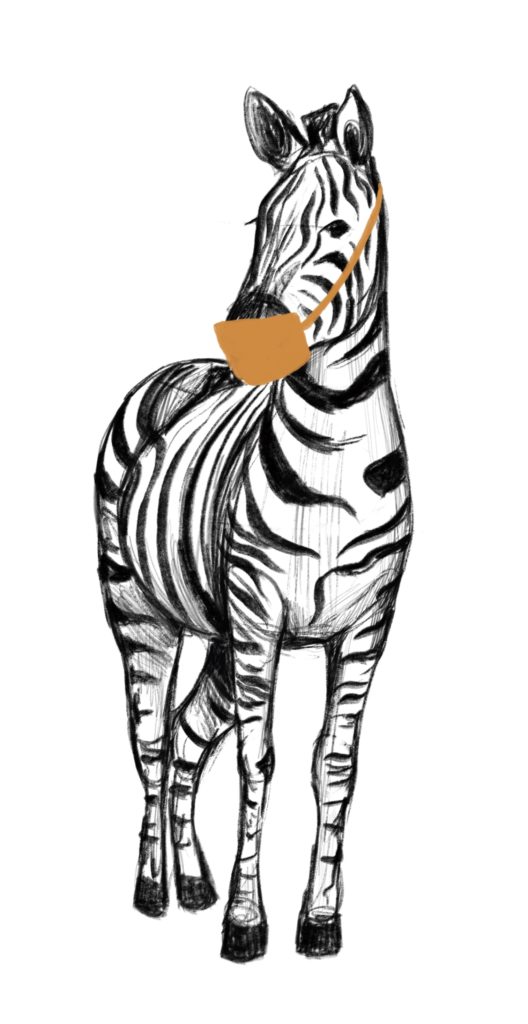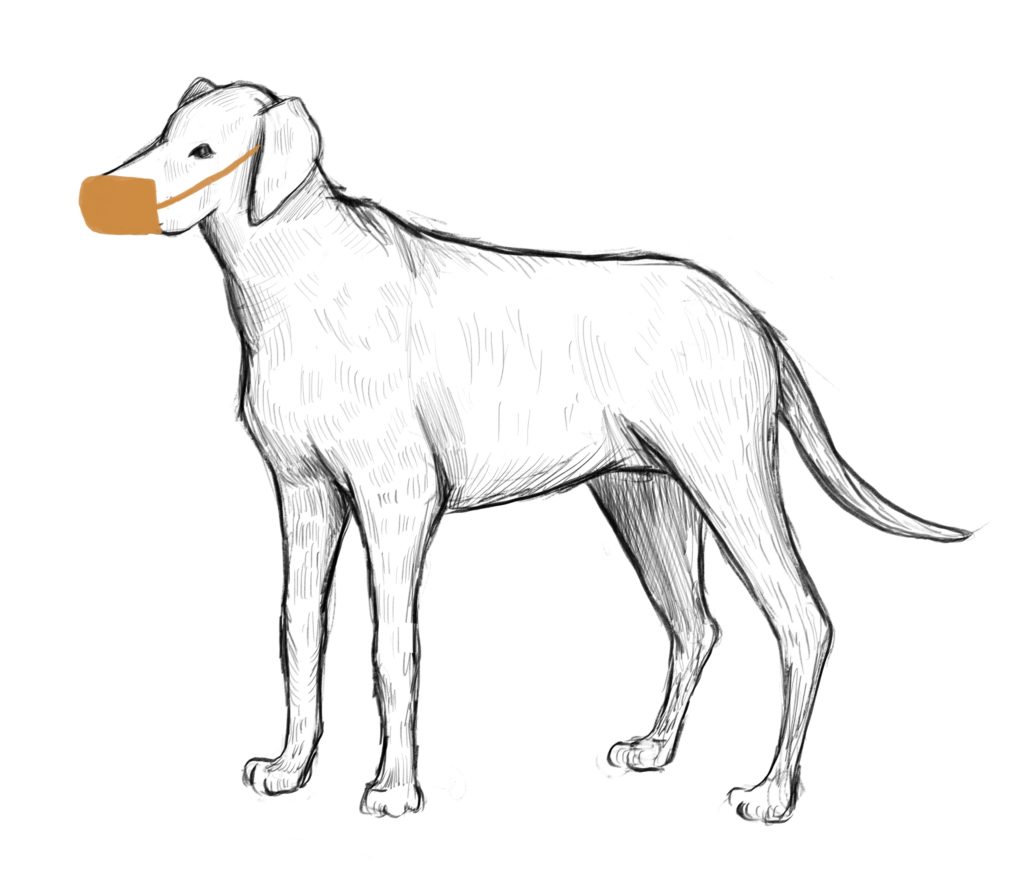Aiyana Fraas
Staff Writer
Getting test kits for COVID-19 has been difficult and costly, yet places like the New York (NY) Zoo are using the limited numbers of tests to find out if animals have contracted the virus. How do officials decide to test animals for COVID-19?
Professionals like veterinarians and ecologists have to look at how testing animals might contribute to solutions for COVID-19 while also keeping in mind the pressing issues surrounding the pandemic, like lack of available tests for humans.

It is important to note that the Centers for Disease Control and Prevention (CDC) does not recommend routine testing for animals. Tests are so limited that some people who are showing symptoms of the virus and have compromised immune systems can’t even get a test. Furthermore, the CDC currently believes that animals play little to no part in the spread of COVID-19; so, no, this is not another black plague.
In order to make the decision a little easier, the CDC has published some guidelines to help public and animal health officials. This includes priority testing for animals that are more likely to be exposed and endangered animals. Tigers are in the endangered species list, so when the tigers at the NY Zoo began showing symptoms, officials and zoo workers decided they should be tested.
The decision to test animals is collaborative and involves many people from local, state, and federal levels. Most times when animal and human health concerns are connected, decisions are made based on what will benefit the community as a whole rather than focusing on solving one portion of the issue at a time.
Tests are mostly given to those animals that show symptoms. The CDC highly recommends that veterinarians and owners eliminate all other possible causes before they seek testing for animals.

So what do people need to know if they live with pets? You should always contact your vet (remotely) if your pet shows symptoms. The virus has been shown to spread from people to animals so if you are taking your dog for walks, don’t let them come within six feet of other people. Likewise, if you get sick it’s not a great idea to cuddle and kiss your pooch.
Right now, the CDC is advising everyone to take as many precautionary measures as possible. Though it’s not likely that the virus will spread from you to your pets or vice versa, we’re still learning about COVID-19 all the time; it’s good practice to follow the CDC’s advice.











